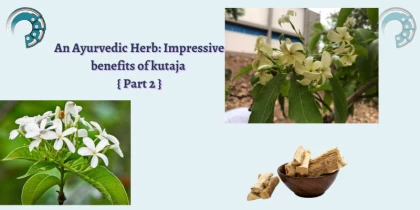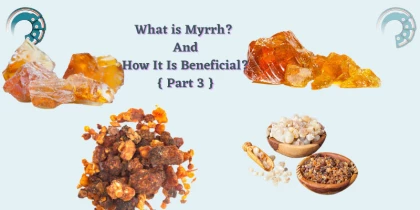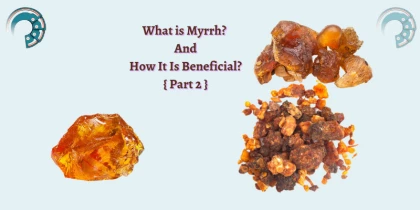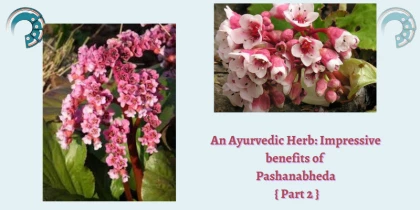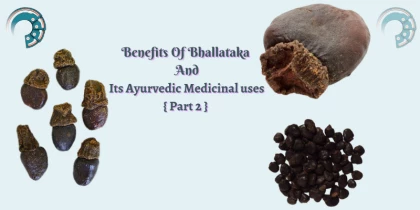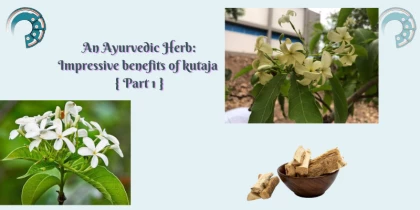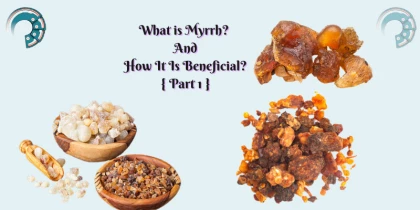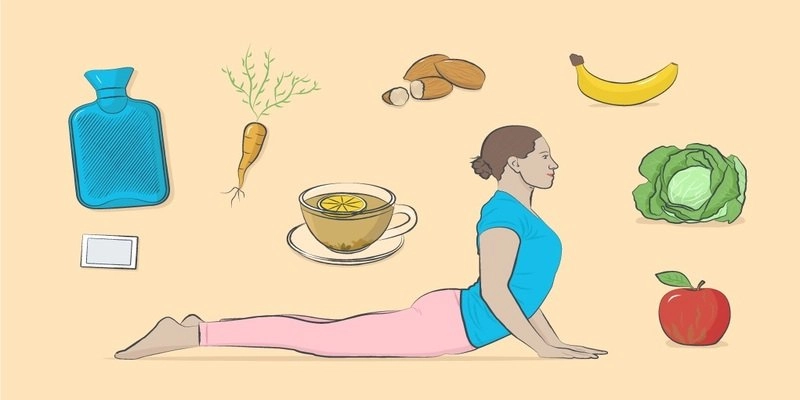
Relieve PMS with the Food Diet Changes
If you have premenstrual syndrome(PMS) you have symptoms each month during the days before your period and they’re bad enough that they affect your regular life. You might feel emotional changes, like trouble with your mood,sleep, or concentration.
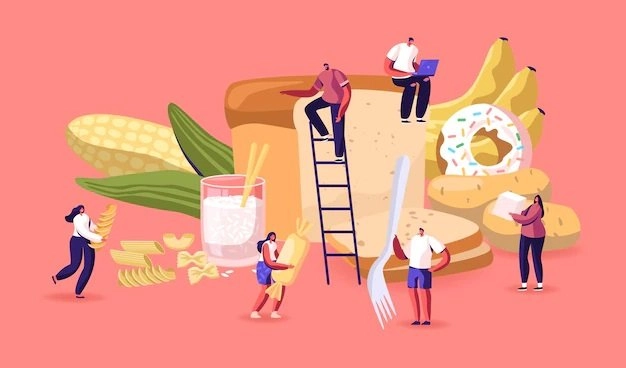 You can manage these symptoms, though. Different techniques work for different people. Small changes to your diet, for example, may help reduce or control your PMS symptoms.. And many women find that excerise can help a lot.
You can manage these symptoms, though. Different techniques work for different people. Small changes to your diet, for example, may help reduce or control your PMS symptoms.. And many women find that excerise can help a lot.
Some experts recommends getting at least 150 minutes of moderate exercise per week or 75 minutes of intense aerobic activity per week, along with these 11 dietary shifts,
Reduce salt : Cook your own food rather than eating fast food or processed food because salt, like sugar, is hidden in a thousand places. Try to deli meat, canned soup, pizza and sodium-filled bread. Eating less salt is particularly recommended for patients with bloating, breast tenderness or swollen hands.
Eat a variety of fruits and vegetables: Focus on leafy greens.You want to eat from the rainbow of different types and colors for more nutrients. Vegetables like kale, turnip greens or Swiss chard are rich in iron and B vitamins, which can help ward off fatigue. Try sautéing the greens in olive oil and sprinkling in some fresh minced garlic, chopped onion and a splash of balsamic vinegar.
Drink plenty of water: Fill up on that good old.H20. some experts recommends that women drink at least 64 ounces of water daily to help reduce bloating and aid in digestion. Don’t like the taste of water? Flavor your water with lemons, limes or cucumber slices. Don’t be afraid to get creative with your water. 
Eat more calcium/low–fat dairy. One study suggests that calcium supplements are an effective method for reducing mood disorders during PMS. Eating more calcium in foods like yogurt, milk, soy products and low-fat cheese can reduce a variety.of PMS symptoms, too.
Get your vitamin D: Besides supplements, vitamin D is found naturally in foods like sardines, oysters and salmon. One study reported that upping your vitamina D can help reduce PMS symptoms.
Snack on nuts: Instead of reaching for a bag of chips or that candy bar, snack on unsalted raw nuts. Nuts are rich in omega-3 fatty acids and help you feel full longer, not to mention they have a plethora of heart benefits. Try a variety of nuts like pecans, walnuts, almonds and hazelnuts. To maximize your benefits, try sprinkling them on veggie-filled salads, too.
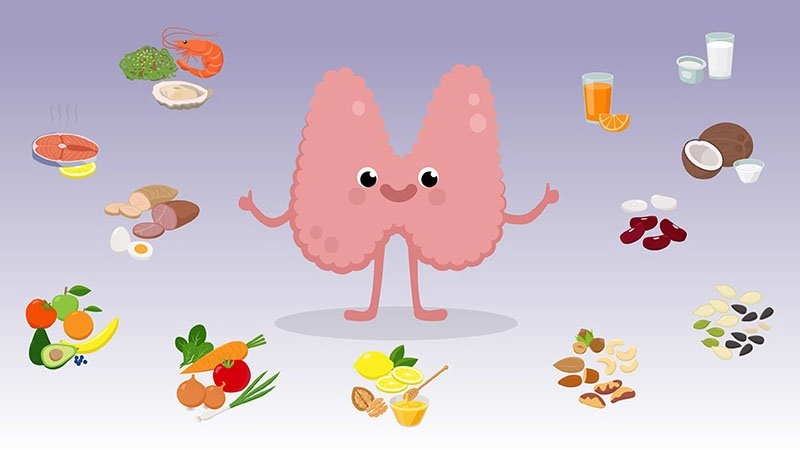 Eat complex carbs: Foods that have complex carbohydrates consist of three or more natural sugars and are rich in fiber. These foods enter the bloodstream gradually, causing only a moderate rise in insulin levels, which can help stabilize your mood and keep your cravings under control. Try sweet potatoes, squash, pumpkin, lentils, potatoes and unprocessed oats.
Eat complex carbs: Foods that have complex carbohydrates consist of three or more natural sugars and are rich in fiber. These foods enter the bloodstream gradually, causing only a moderate rise in insulin levels, which can help stabilize your mood and keep your cravings under control. Try sweet potatoes, squash, pumpkin, lentils, potatoes and unprocessed oats.
Eat whole grains. Swap any processed grains for whole grains such as whole-grain bread pasta, cereal and brown rice. Shifting levels of estrogen and progesterone can decrease amounts of serotonin in the brain, which can affect your mood and trigger depression, anxiety or irritability.
Limit caffeine: Too much caffeine can also disrupt sleep and contribute to PMS symptoms, too. Try to have your last cup of coffee about four to six hours before you hit the hay for the night.
Eat iron-rich foods such as lean meats: You need to increase iron intake before and during your period to replace what you lose each month. A diet that includes iron-rich foods like lean cuts of meat may help you avoid anemia. While cooking, make sure to cut away any excess fat. The good news is that if you eat red meat, you should get enough iron from your food. If you’re a vegan, or just don’t like red meat, ask your doctor about taking an iron supplement.



